Subtotal: $344.99
Basil Hayden’s Kentucky Straight Bourbon Whiskey
$25.99
Size: 375 mL
40% ABV Proof80
*Please be aware that this bottle’s ABV may fluctuate.
Booker Noe’s Small Batch Bourbon Collection includes this little Basil Hayden’s.
Basil Hayden’s Kentucky Straight Bourbon Whiskey
The mash used to make Basil Hayden’s Kentucky Straight Bourbon Whiskey is extremely identical to the recipe that Hayden created in 1796. The whisky is golden amber in hue and smells spicy, like peppermint bark and breakfast tea. The rye grains, honey flavors, and cracked pepper are all noticeable on the taste. There is a nice aftertaste of cinnamon and baking spices, and the finish is dry and clean.
Get a trailblazing bourbon now!
Notes on Tasting
It has a golden amber hue and a peppermint bark and breakfast tea scent. The rye grains, honey flavors, and cracked pepper are all noticeable on the taste. There is a nice aftertaste of cinnamon and baking spices, and the finish is dry and clean basil hayden kentucky straight bourbon.
Concerning Basil Hayden’s
Johannes Reginald Beam immigrated to the United States from Germany after the American Revolutionary War ended, and he eventually made Kentucky County his home. During that period, Kentucky County was governed by a military governor by the name of John J. Bowman and was still regarded as a part of Virginia. Beam started collecting corn after moving to Kentucky, and he started a family custom of turning the extra grains he collected into whiskey. Since then, the Beam family has been producing whiskey for the firm of the same name for seven generations (the company is named after James Beam, who saved it during Prohibition) kentucky straight bourbon whiskey basil.
Named for Basil Hayden Sr., a Maryland Catholic who led 25 other Catholic families from Maryland to Nelson County, Kentucky (near Bardstown, home of the Jim Beam) in the late 1700s, Basil Hayden’s Kentucky Straight Bourbon Whiskey is a part of Booker Noe’s Small Batch Bourbon Collection. Hayden was not just a devout man—he founded the first Catholic church in the present-day Commonwealth of Kentucky—but he was also a pioneering distiller straight bourbon whiskey basil hayden.
Although the majority of bourbon was produced at the time using a conventional corn foundation, Hayden broke with custom in 1796 by adding tiny grains to his mash because he thought the peppery rye characteristics would make a remarkable contrast to the sweetness of the corn. Hayden was correct, much to the dismay of the conventional crowd.
View every bottle of basil hayden toast >>

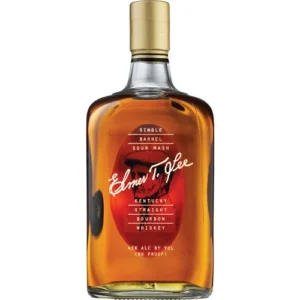 Elmer T. Lee Single Barrel Kentucky Straight Bourbon Whiskey
Elmer T. Lee Single Barrel Kentucky Straight Bourbon Whiskey 

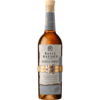



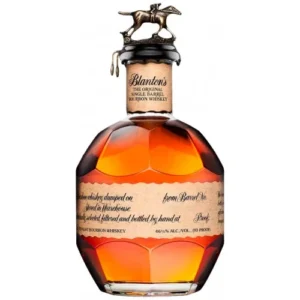

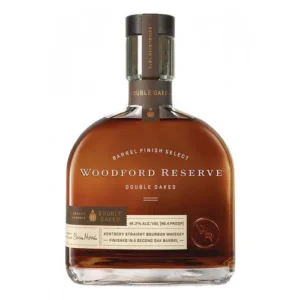
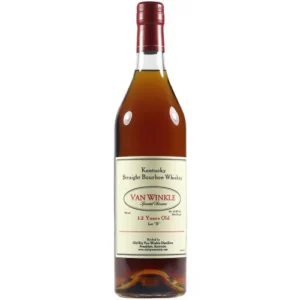


Reviews
There are no reviews yet.